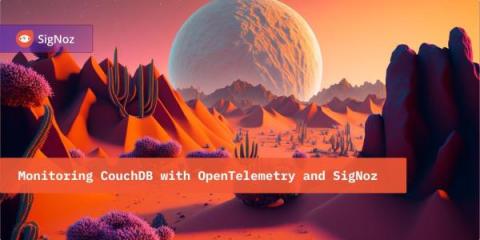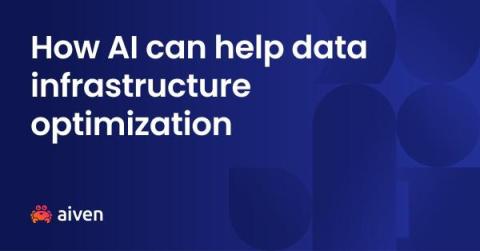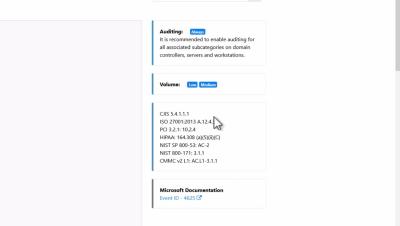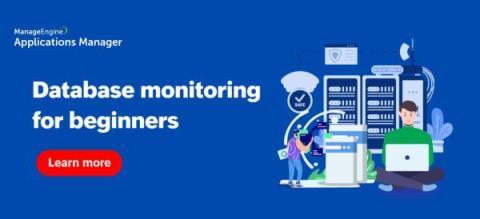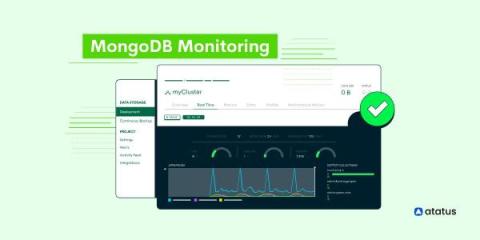Monitoring CouchDB with OpenTelemetry and SigNoz
OpenTelemetry can help you monitor CouchDB performance metrics with the help of OpenTelemetry Collector. In this tutorial, you will install OpenTelemetry Collector to collect CouchDB metrics and then send the collected data to SigNoz for monitoring and visualization. Before that, let’s have a brief overview of CouchDB. If you want to jump straight into implementation, start with this Prerequisites section.


